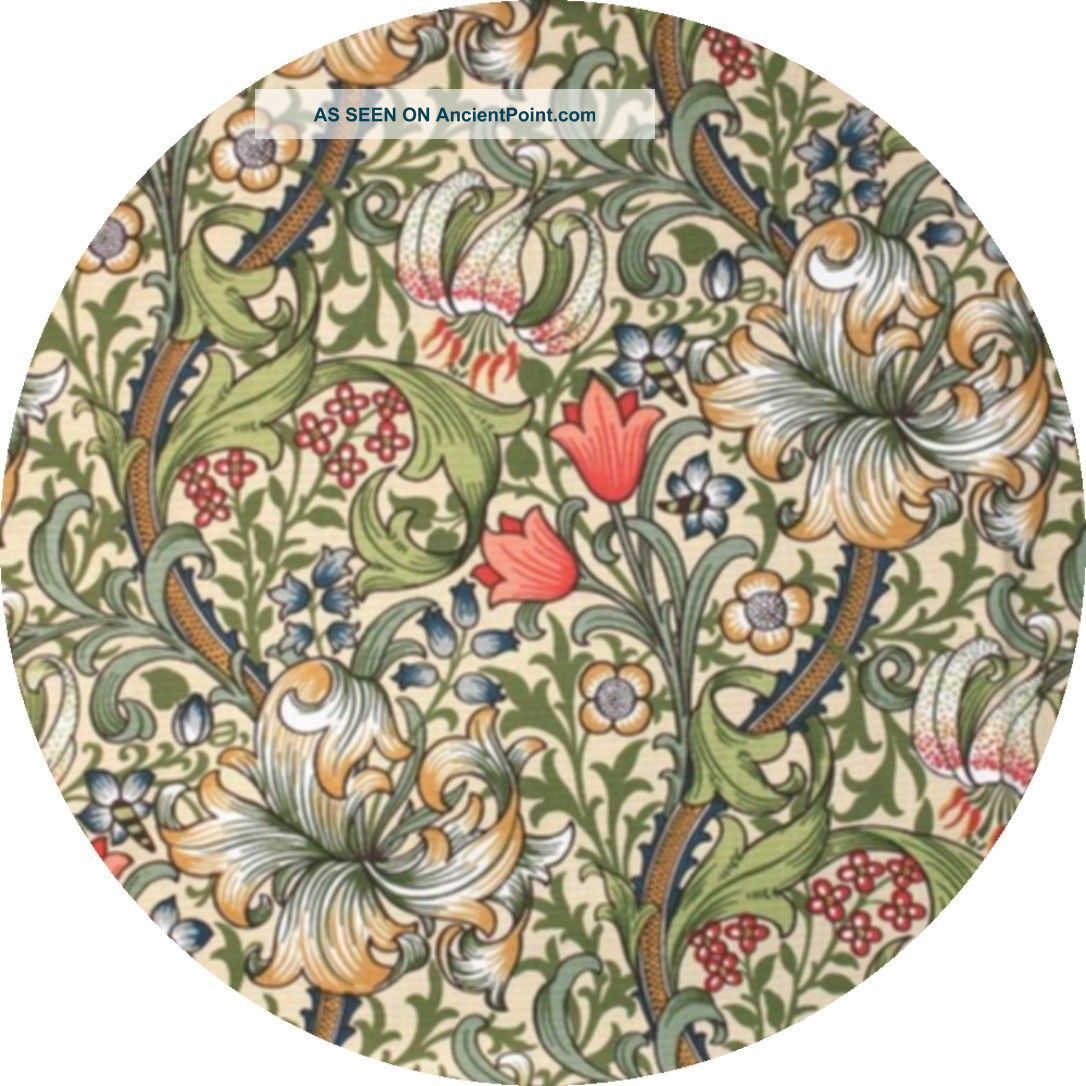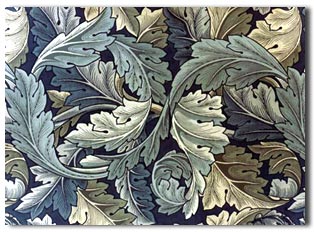The Arts and Crafts movement was an international design movement that flourished between 1880 and 1910, especially in the second half of that period,[1] continuing its influence until the 1930s.[2] It was led by the artist and writer William Morris(1834–1896) from the 1860s onwards.[1] It was inspired by the writings of John Ruskin (1819–1900) and Augustus Pugin (1812–1852), although the term "Arts and Crafts" was not coined until 1887.[3]
The movement developed first and most fully in the British Isles where the industrial revolution was happening at the time,[2] but spread across the British Empire and to the rest of Europe and North America.[4] It was largely a reaction against the perceived impoverished state of the decorative arts at the time, and the conditions in which they were produced.[5] It stood for traditional craftsmanship using simple forms and often applied medieval, romantic or folk styles of decoration. It advocated economic and social reform, and has been said to be essentially anti-industrial.
William Morris was a leading member of the Arts and Crafts Movement. He is best known for his pattern designs, particularly on fabrics and wallpapers. His vision in linking art to industry by applying the values of fine art to the production of commercial design was a key stage in the evolution of design as we know it today.
William Morris was an artist, designer, printer, typographer, bookbinder, craftsman, poet, writer and champion of socialist ideals.


No comments:
Post a Comment